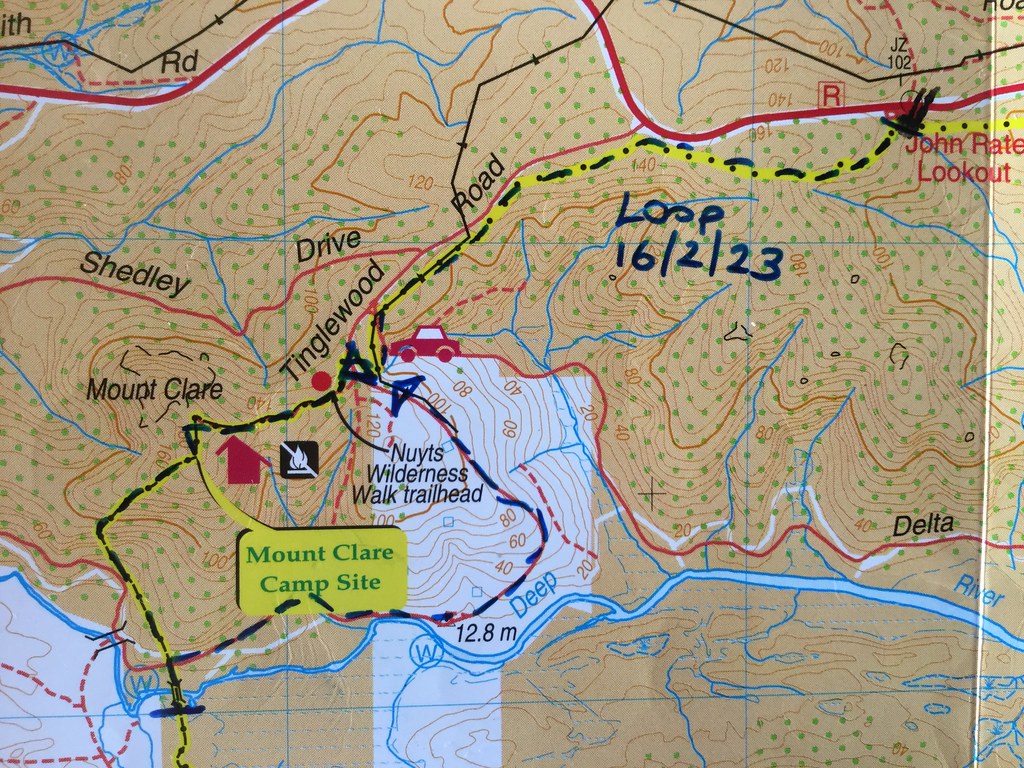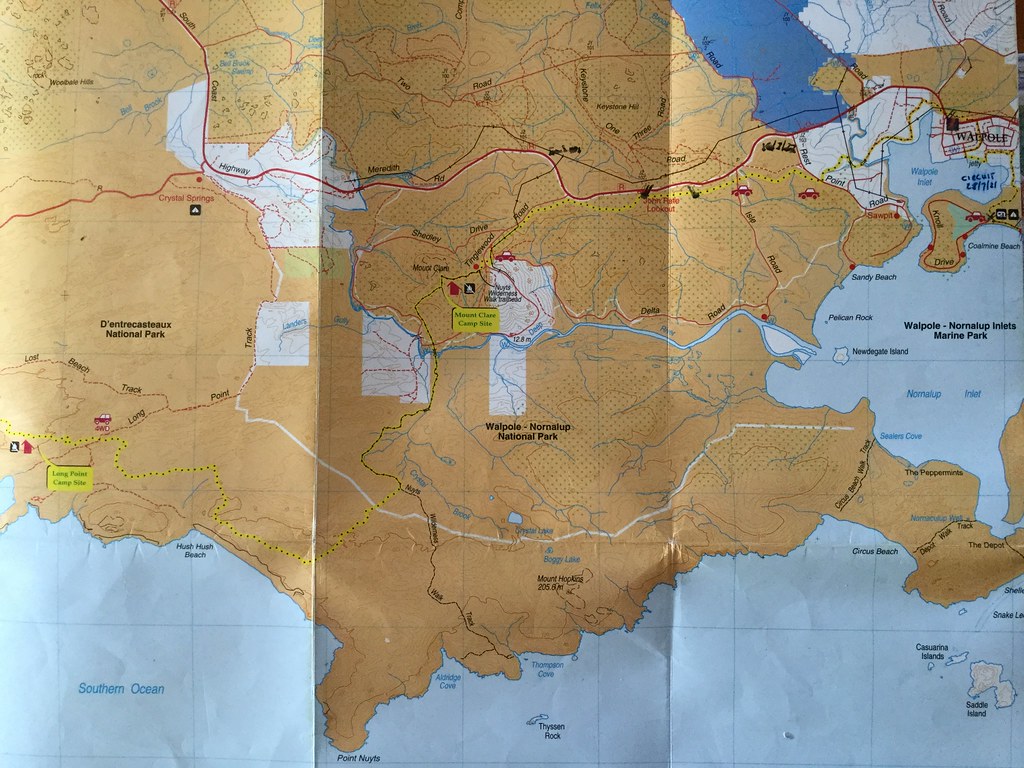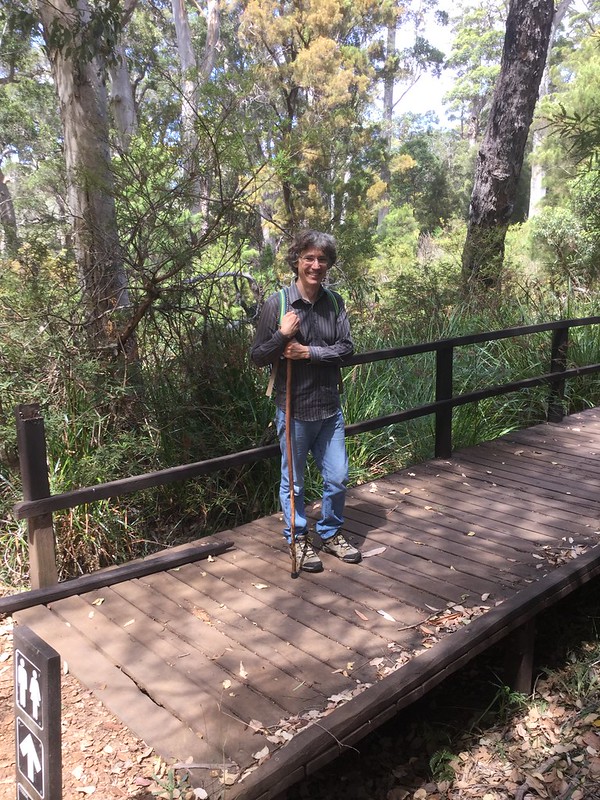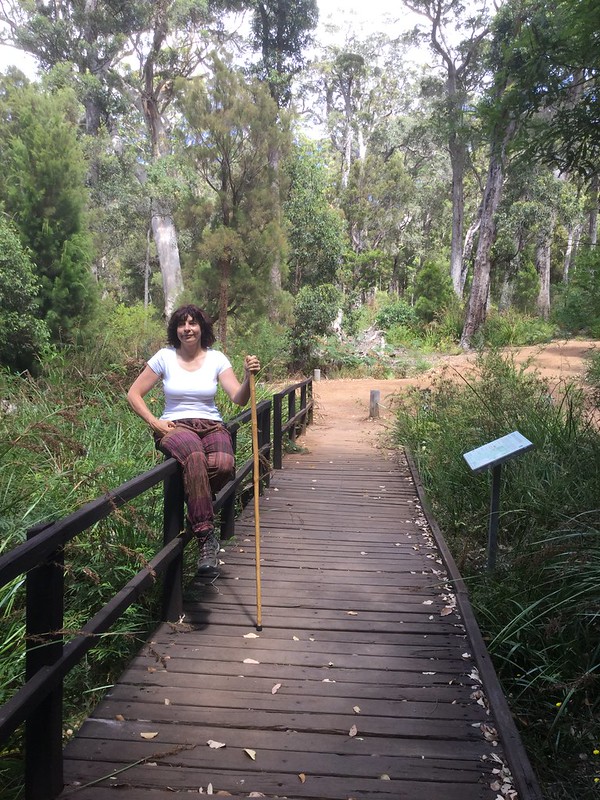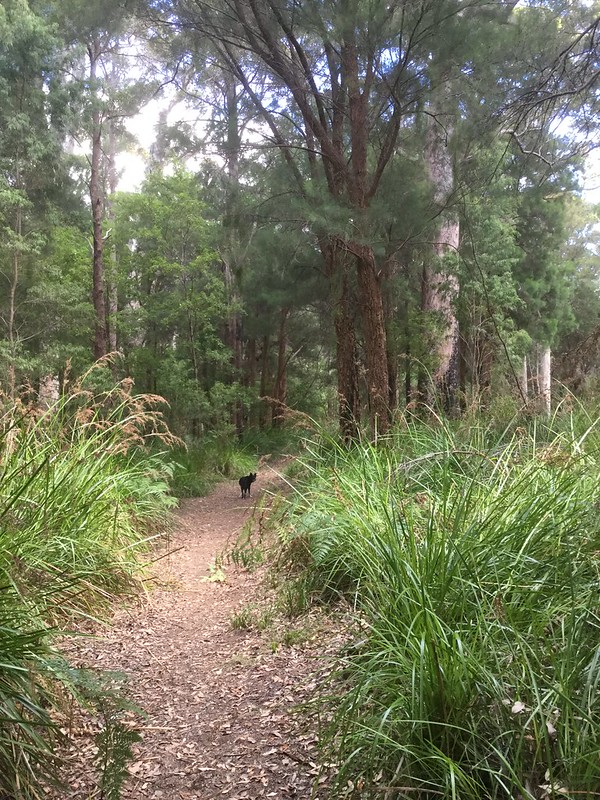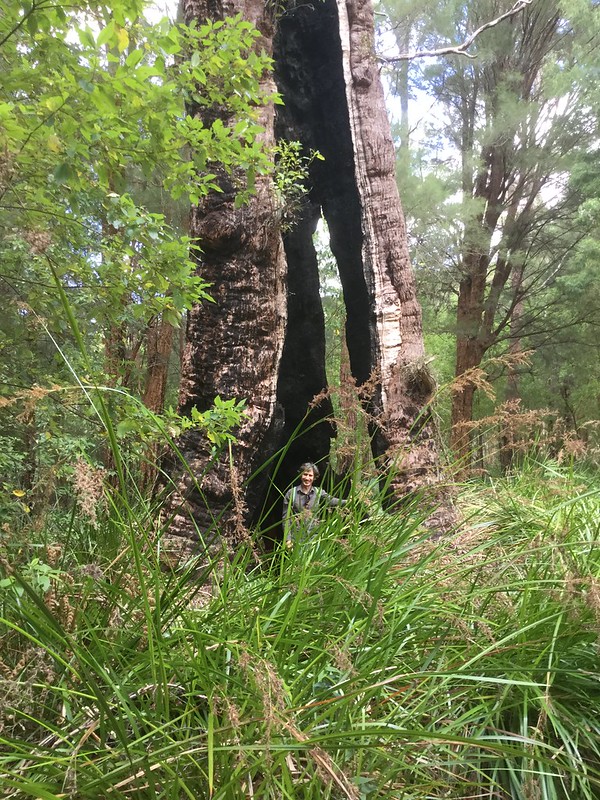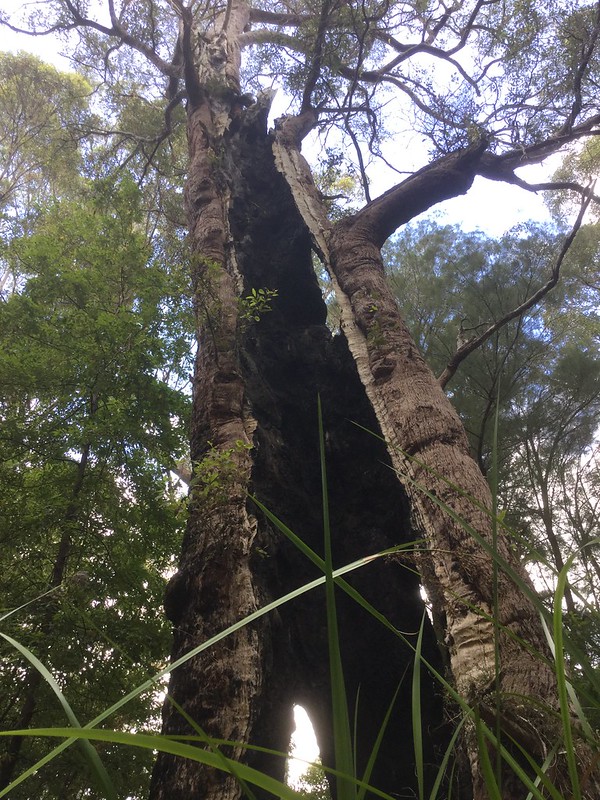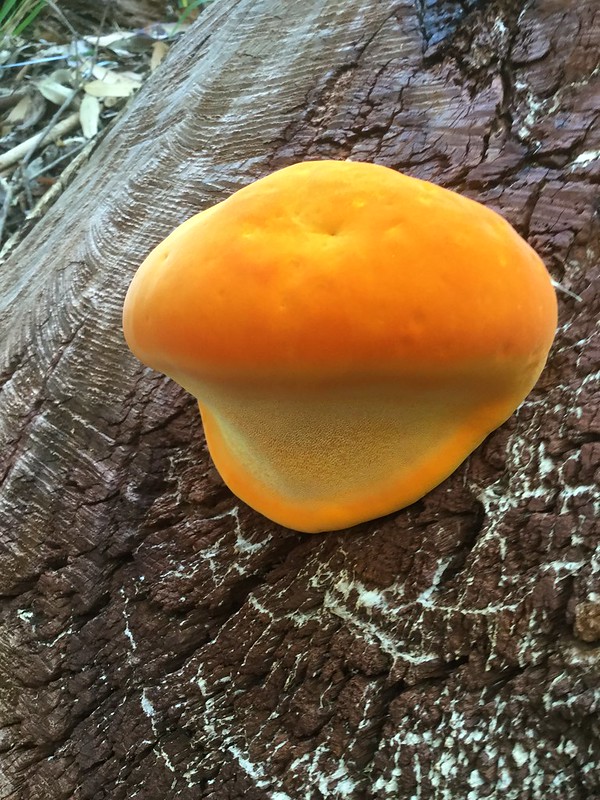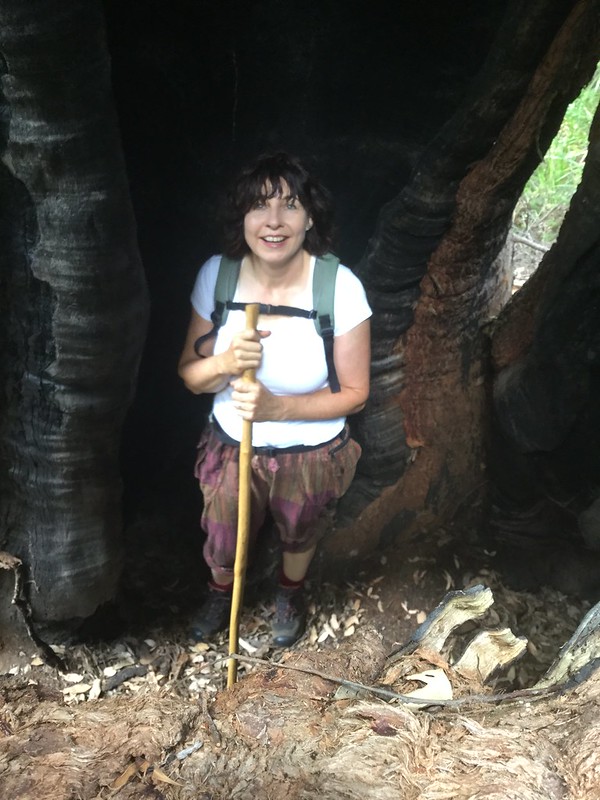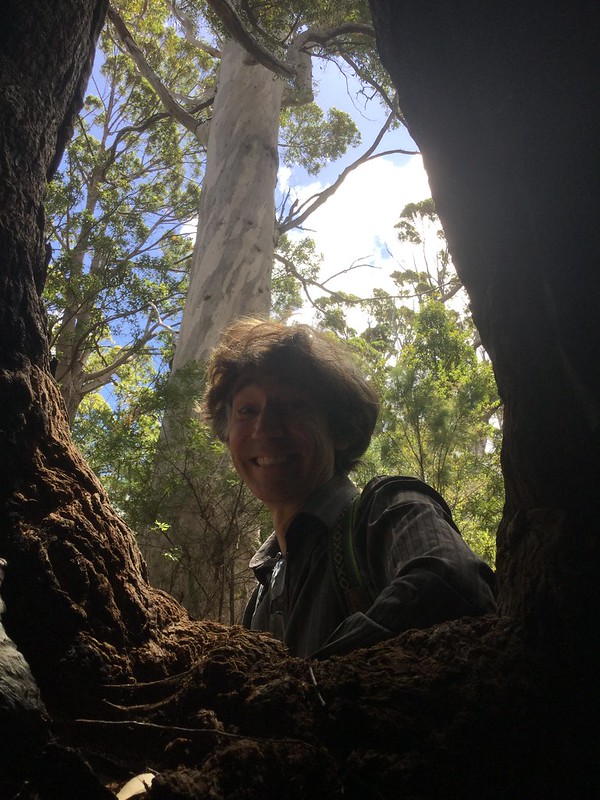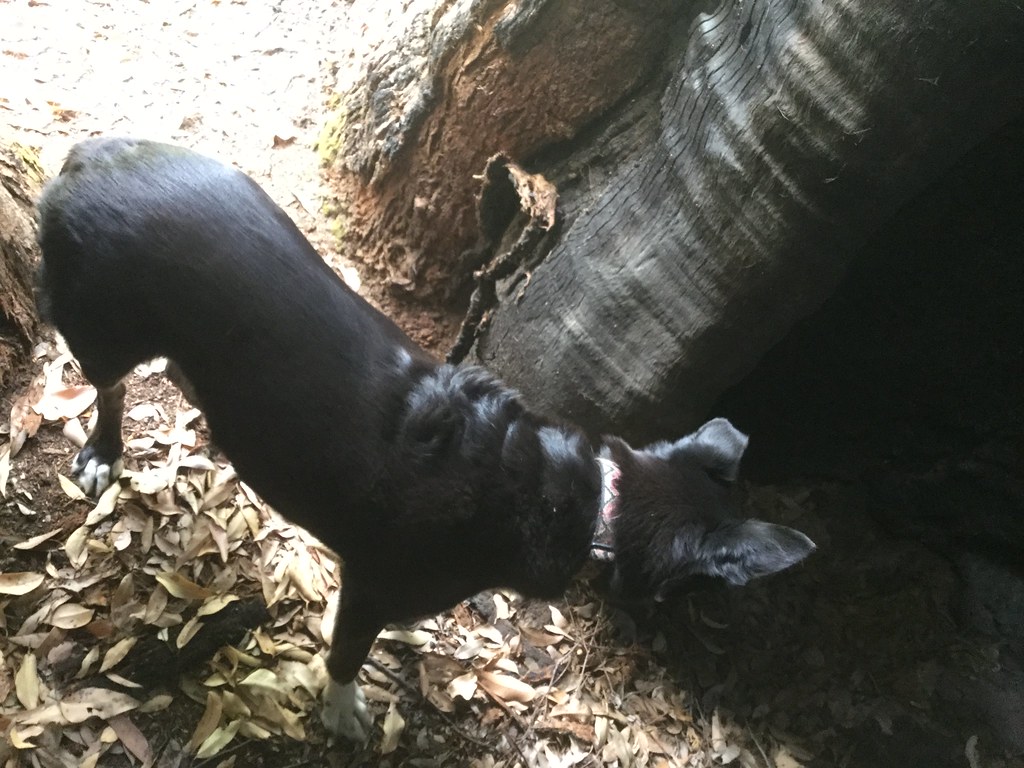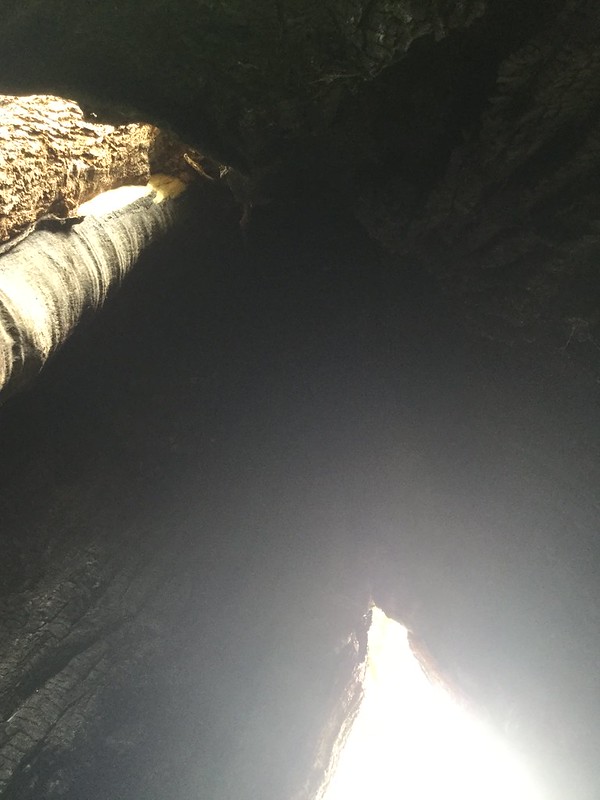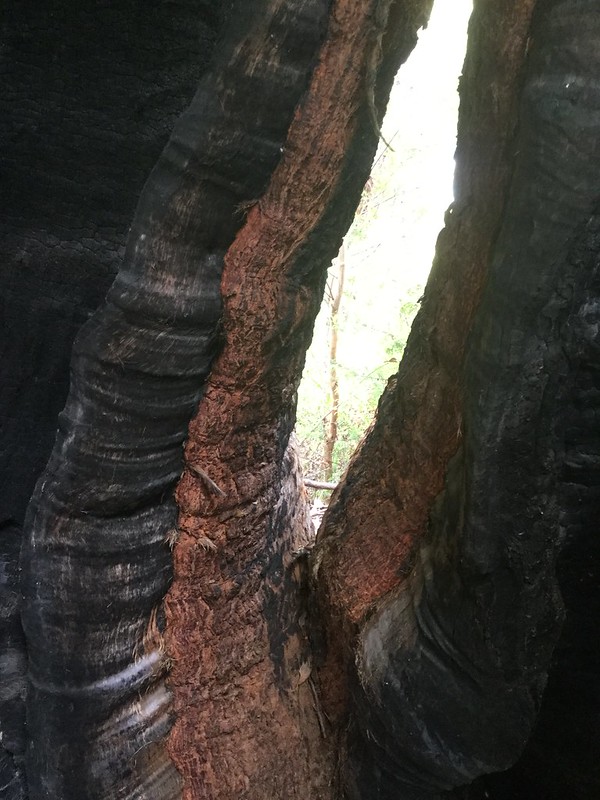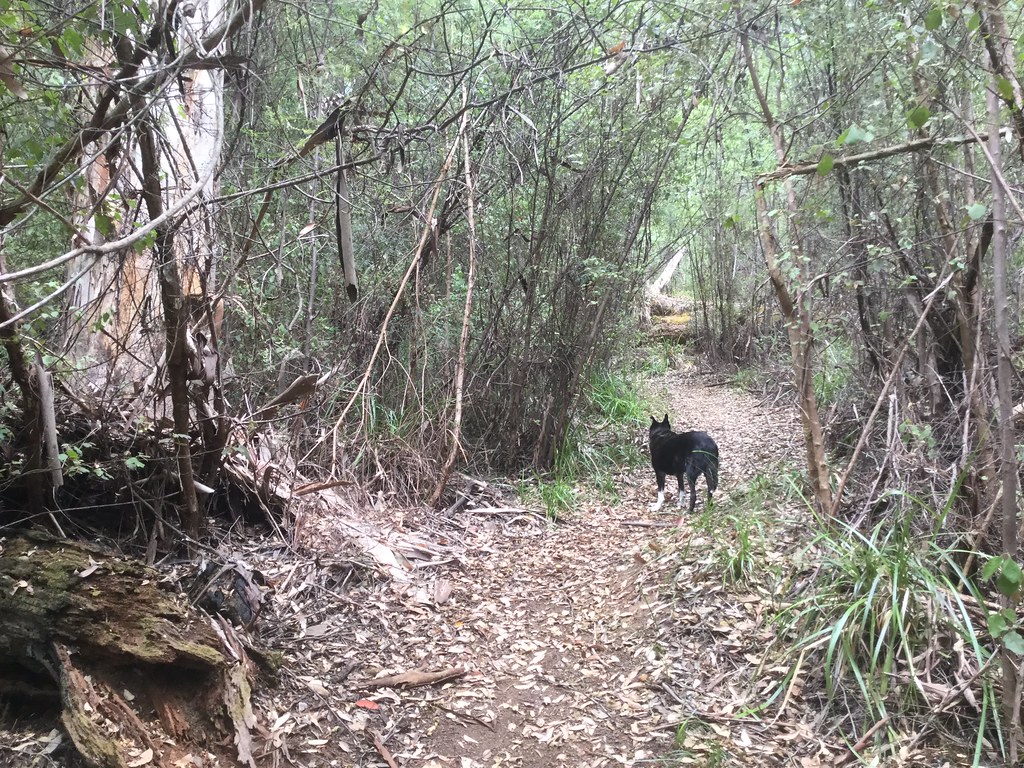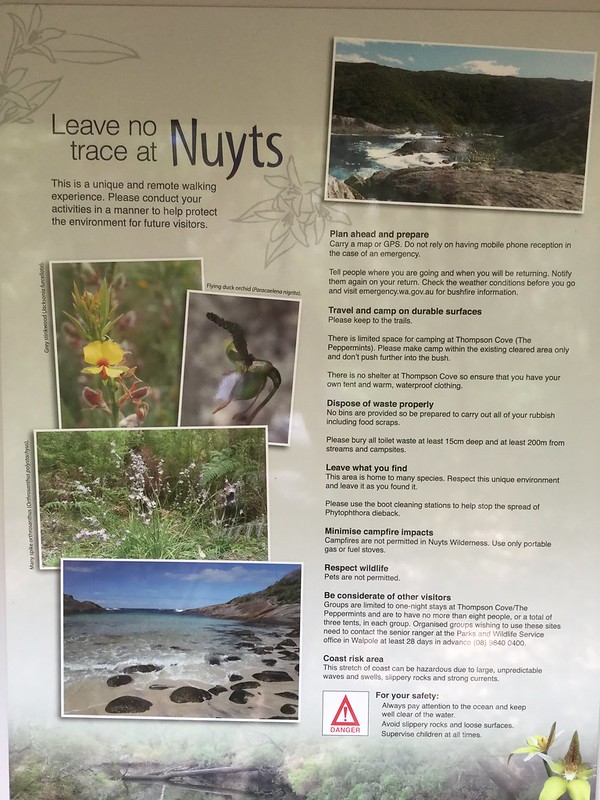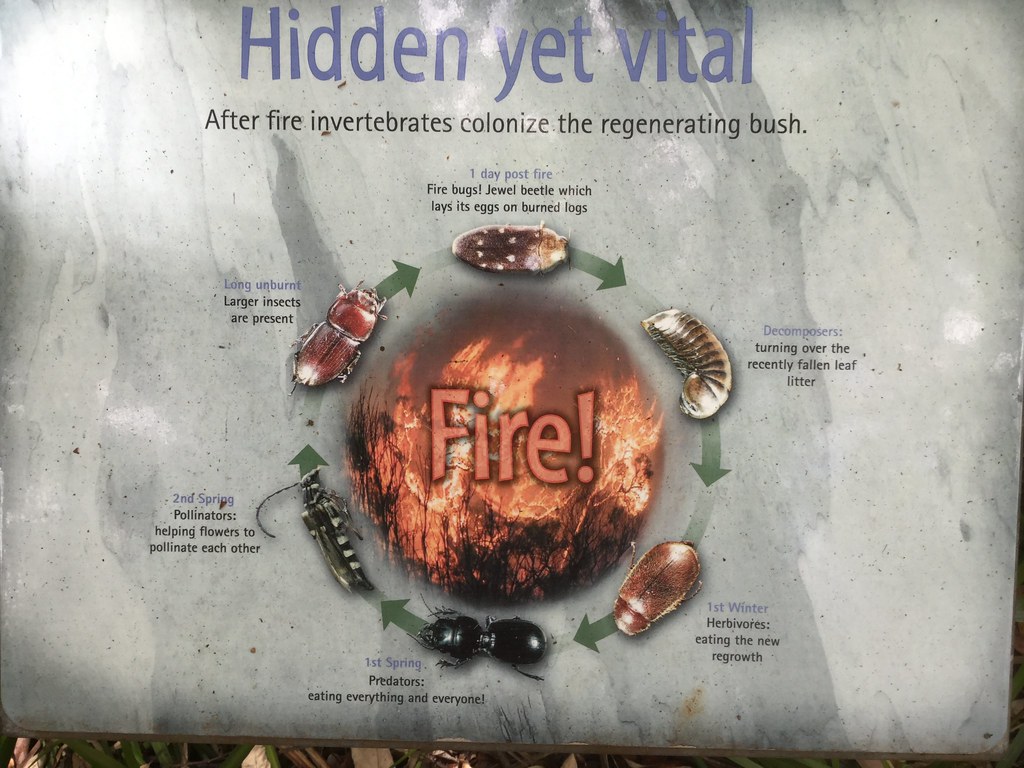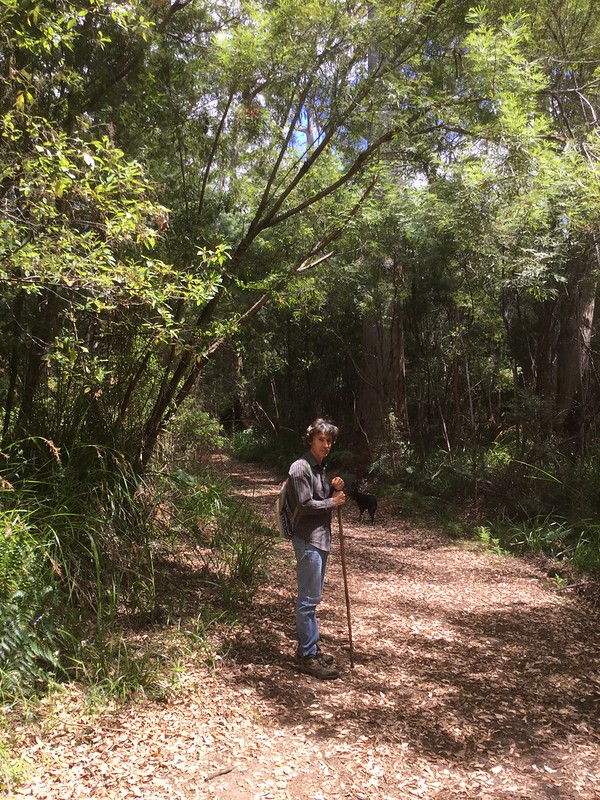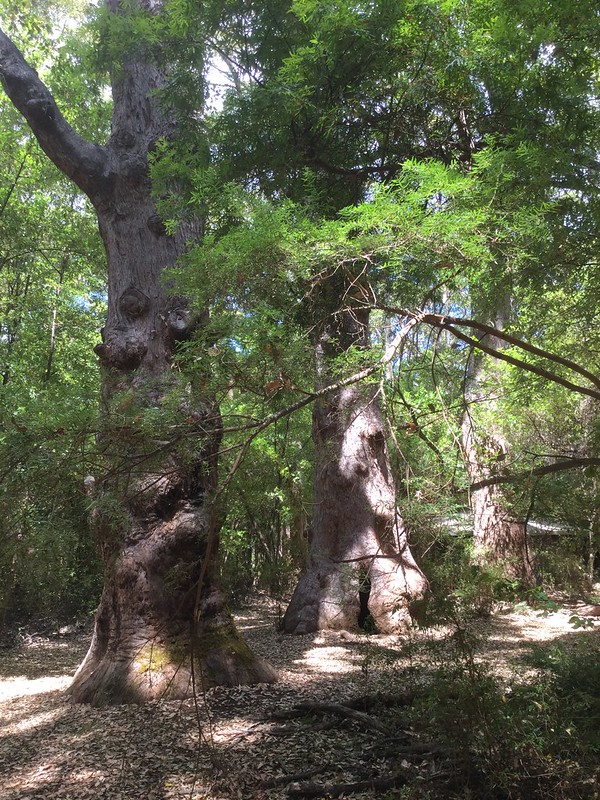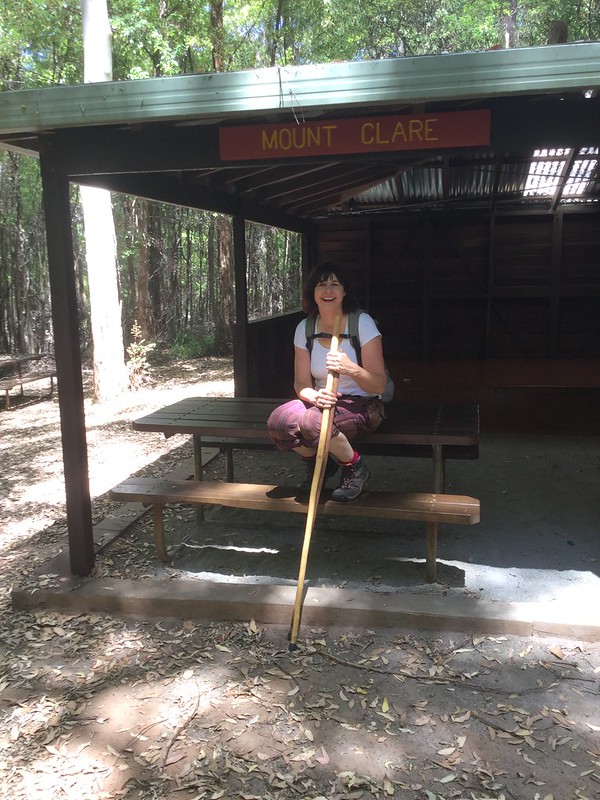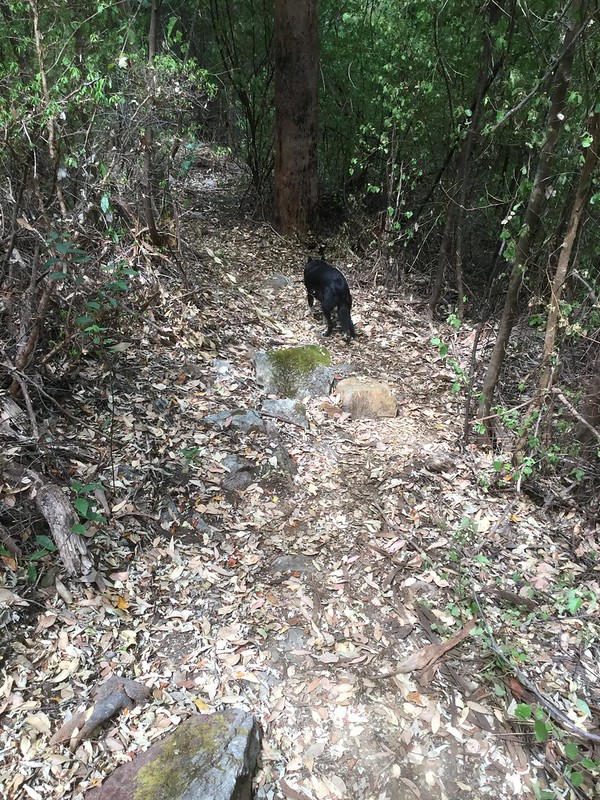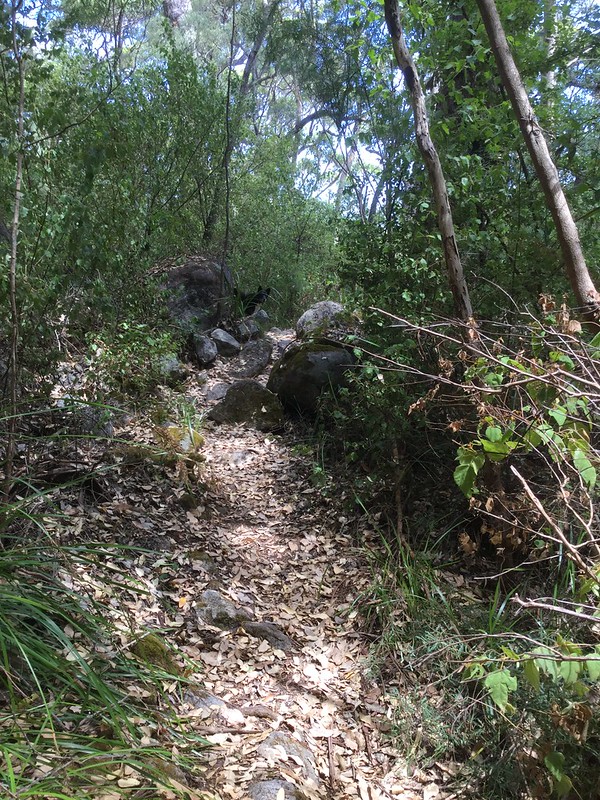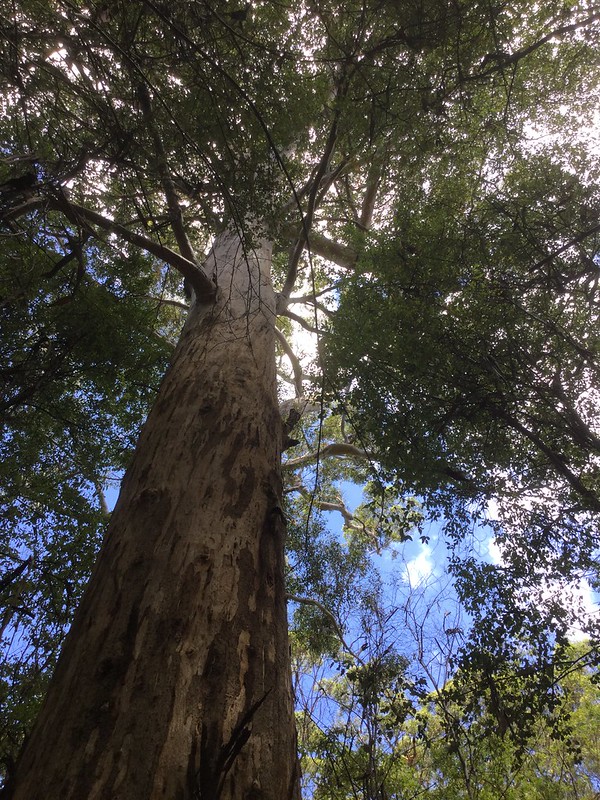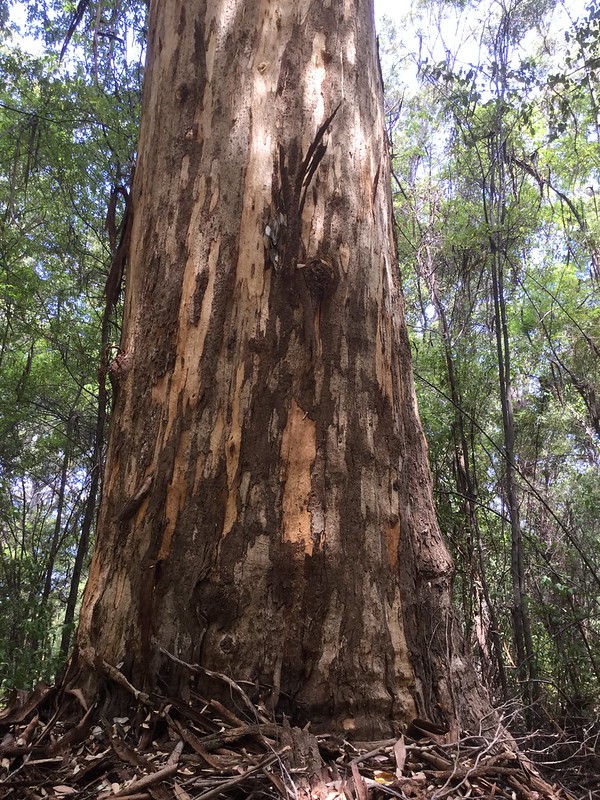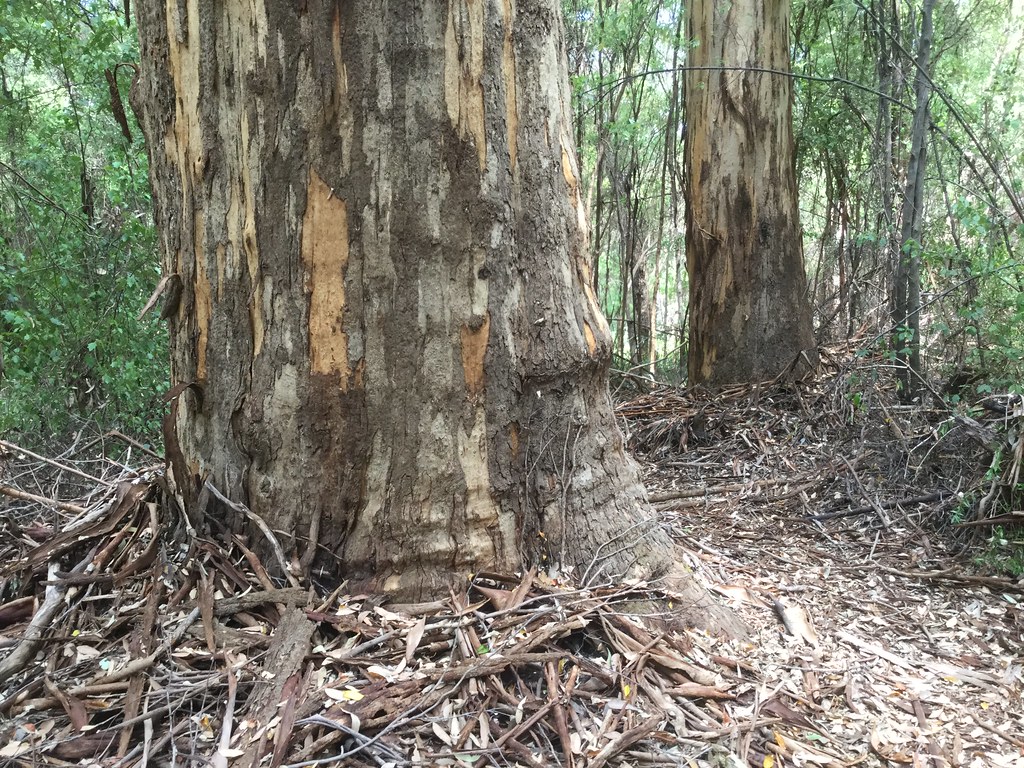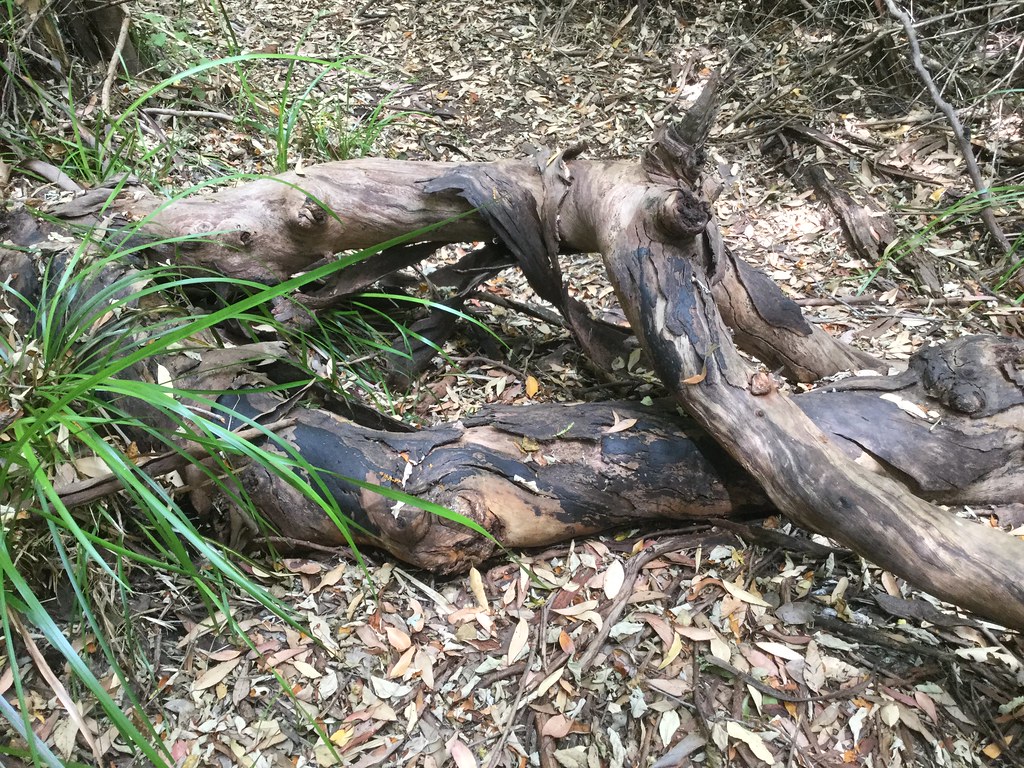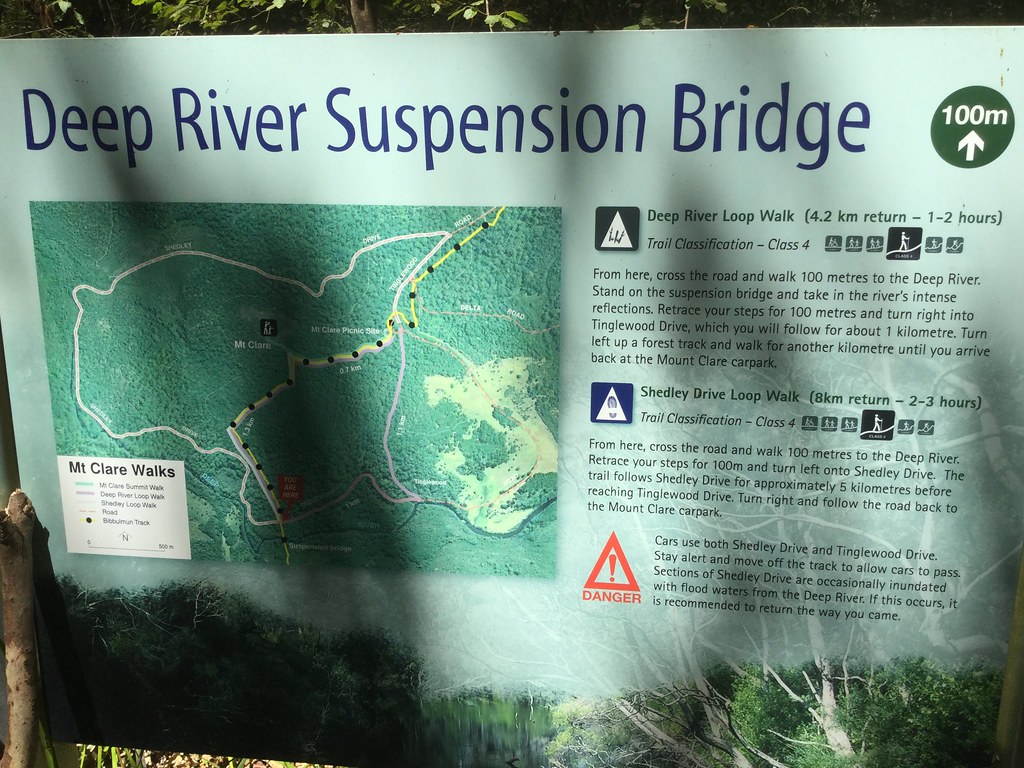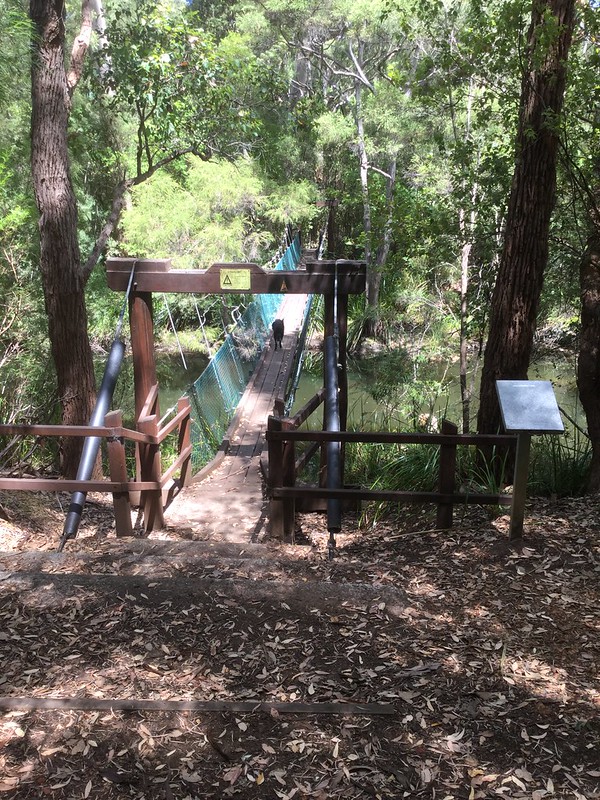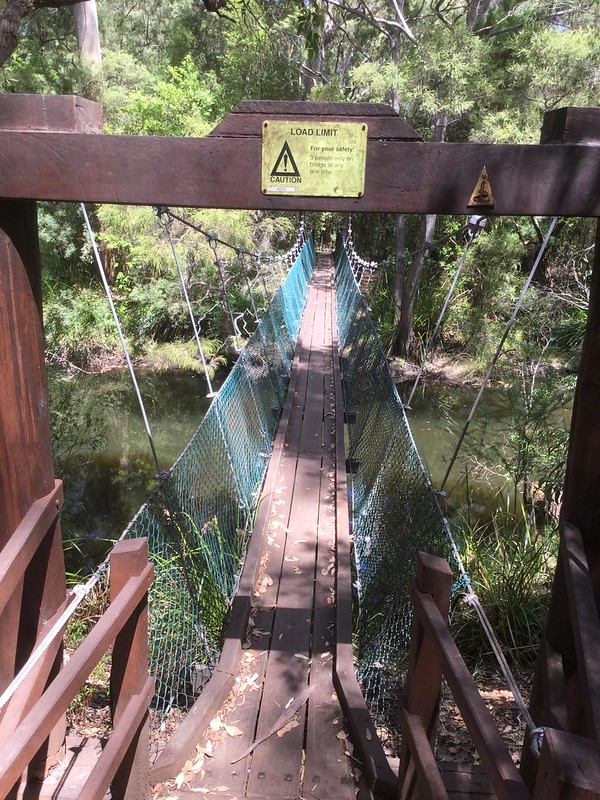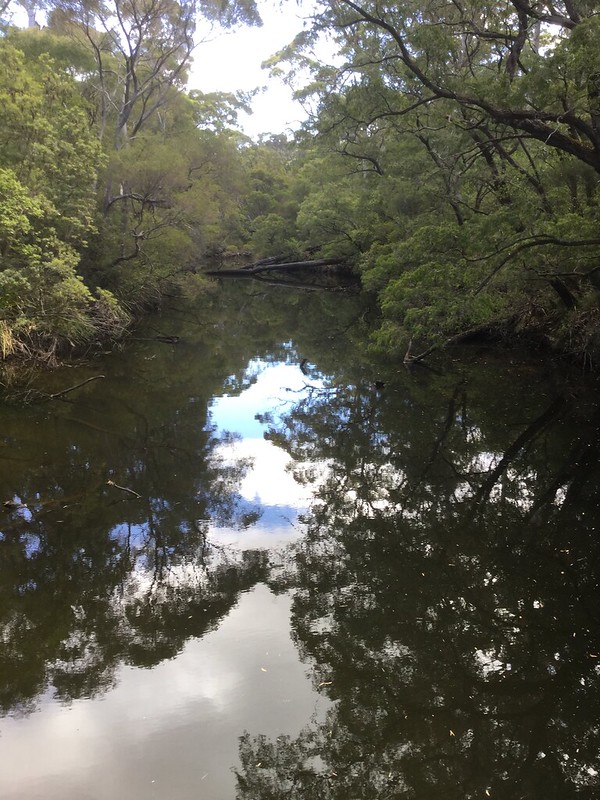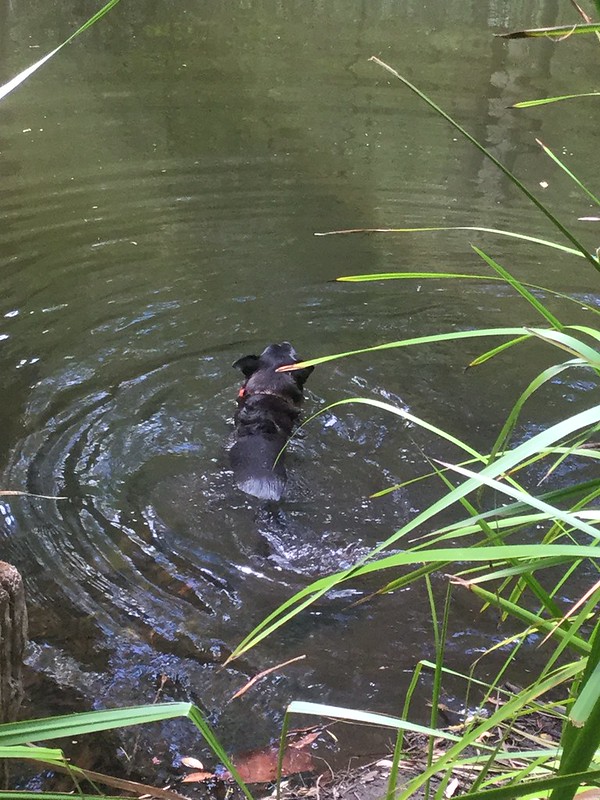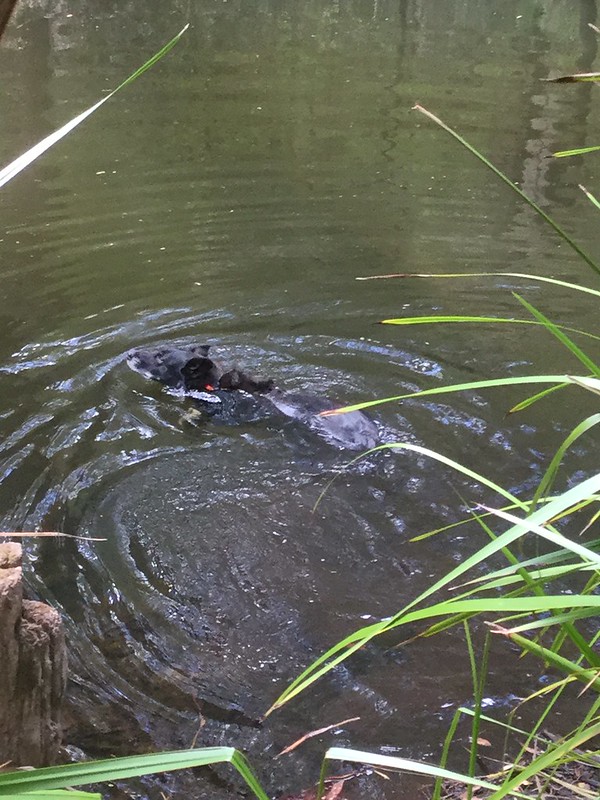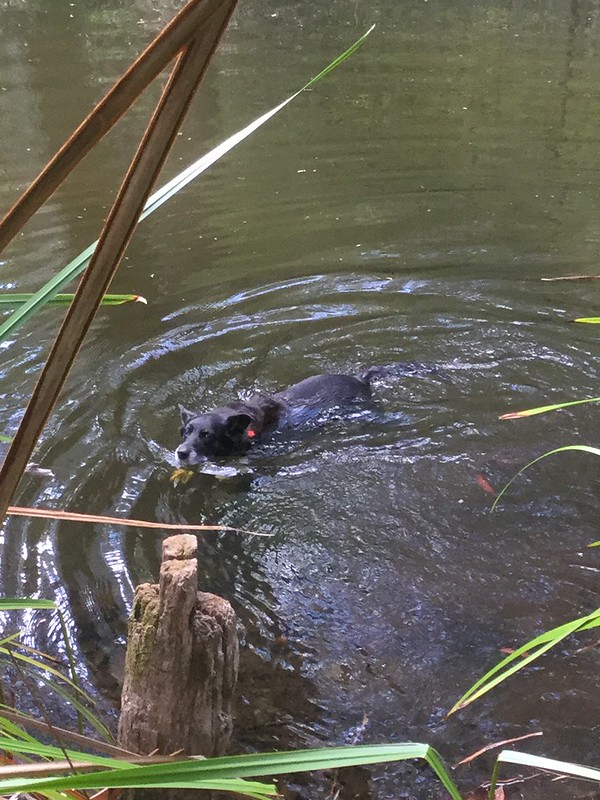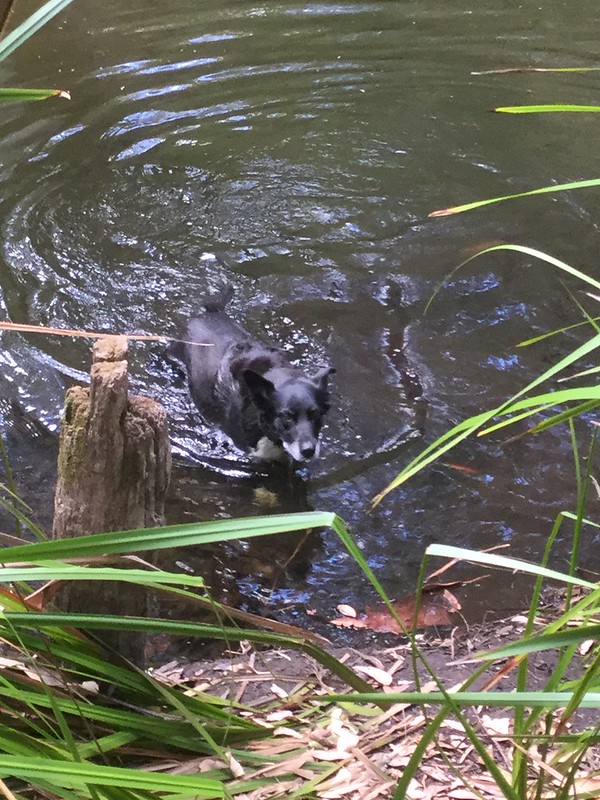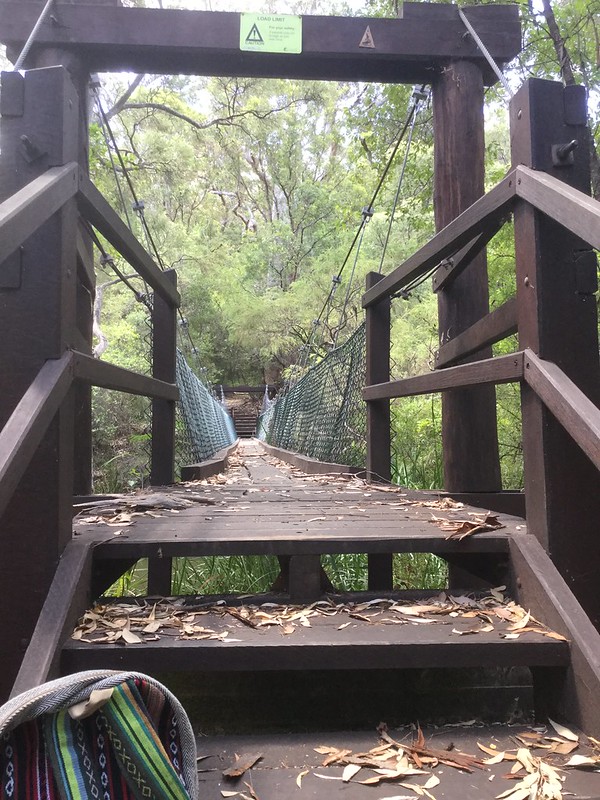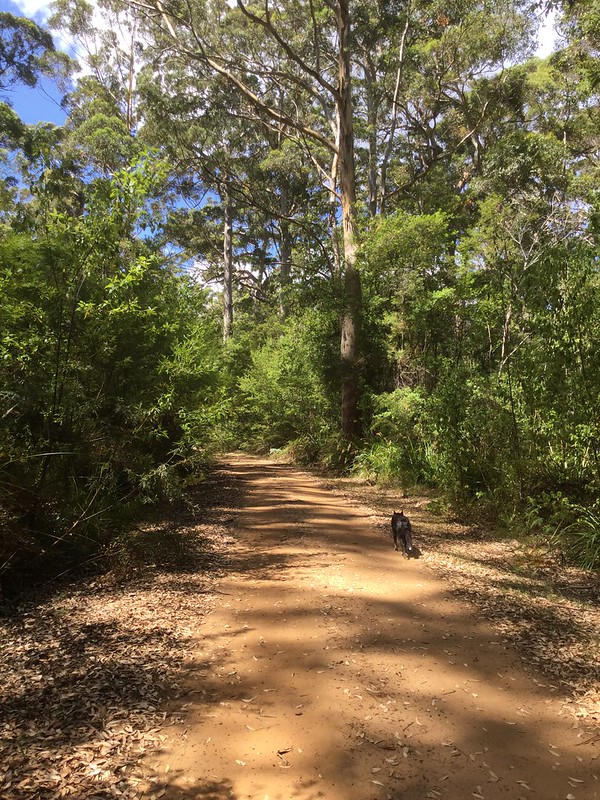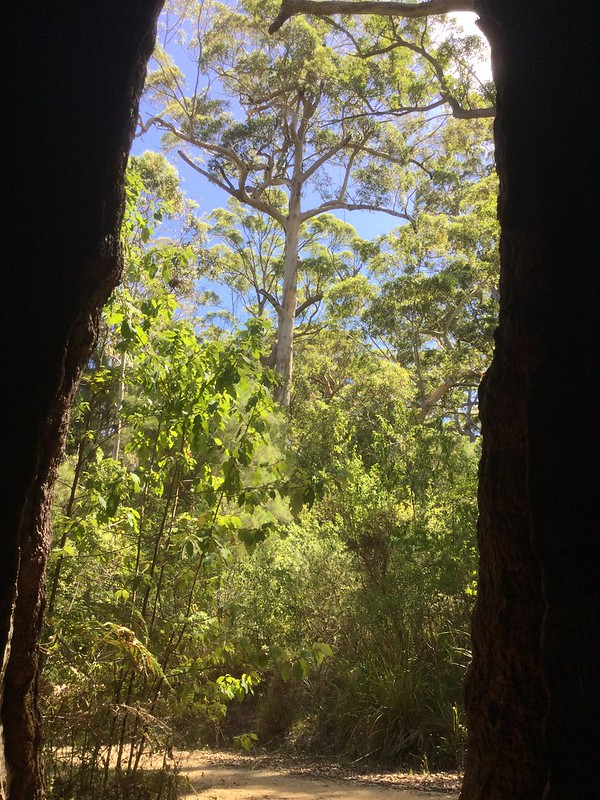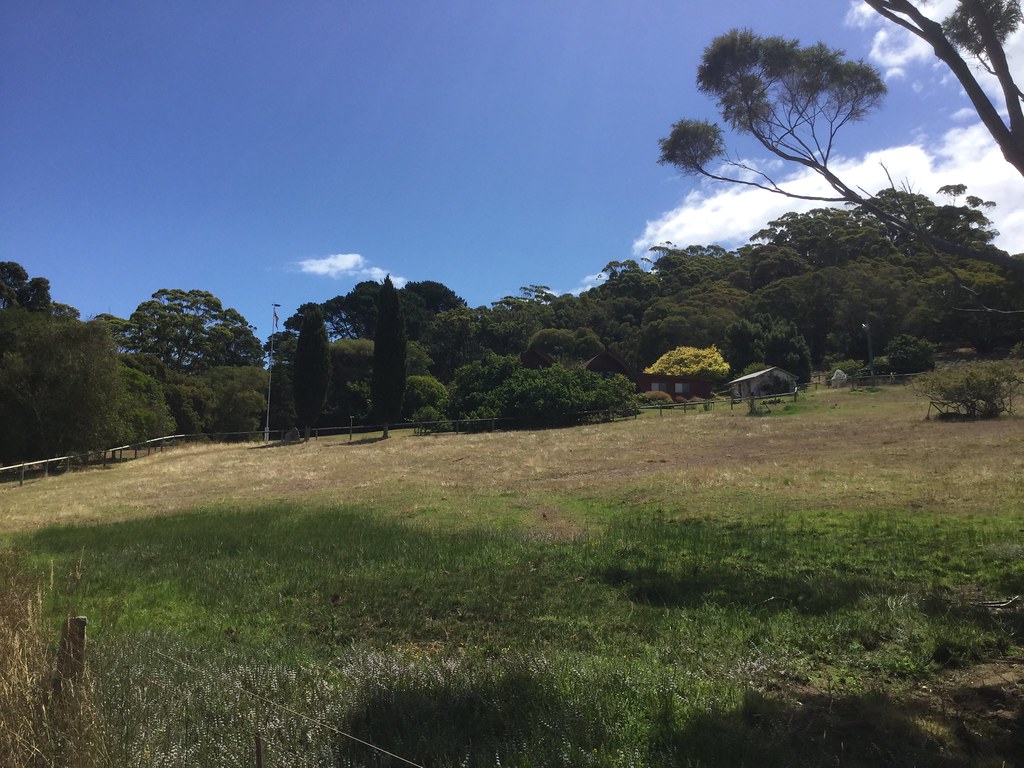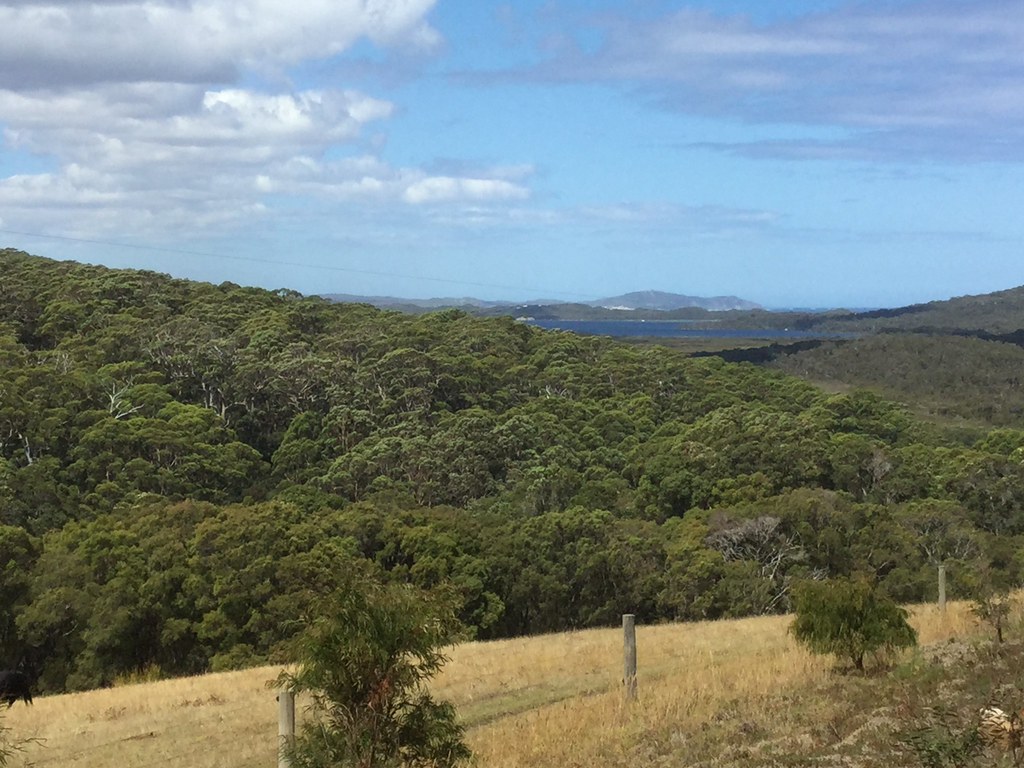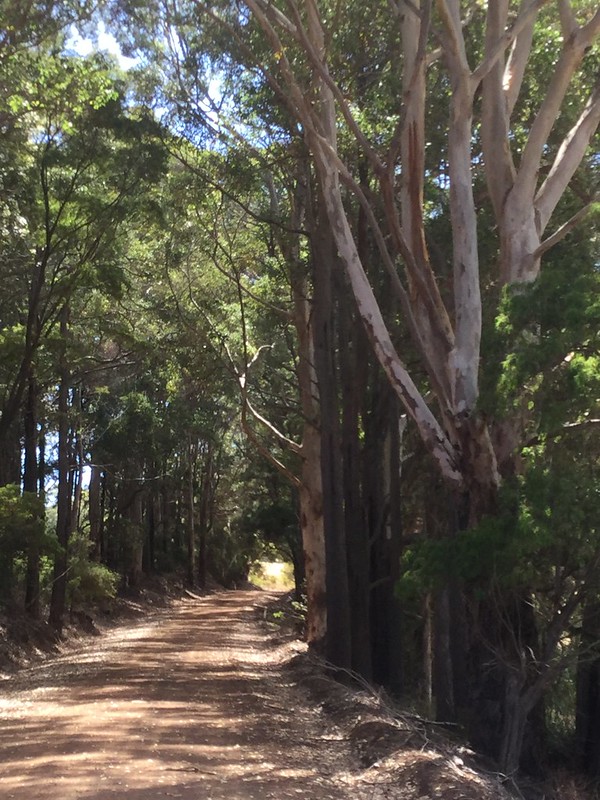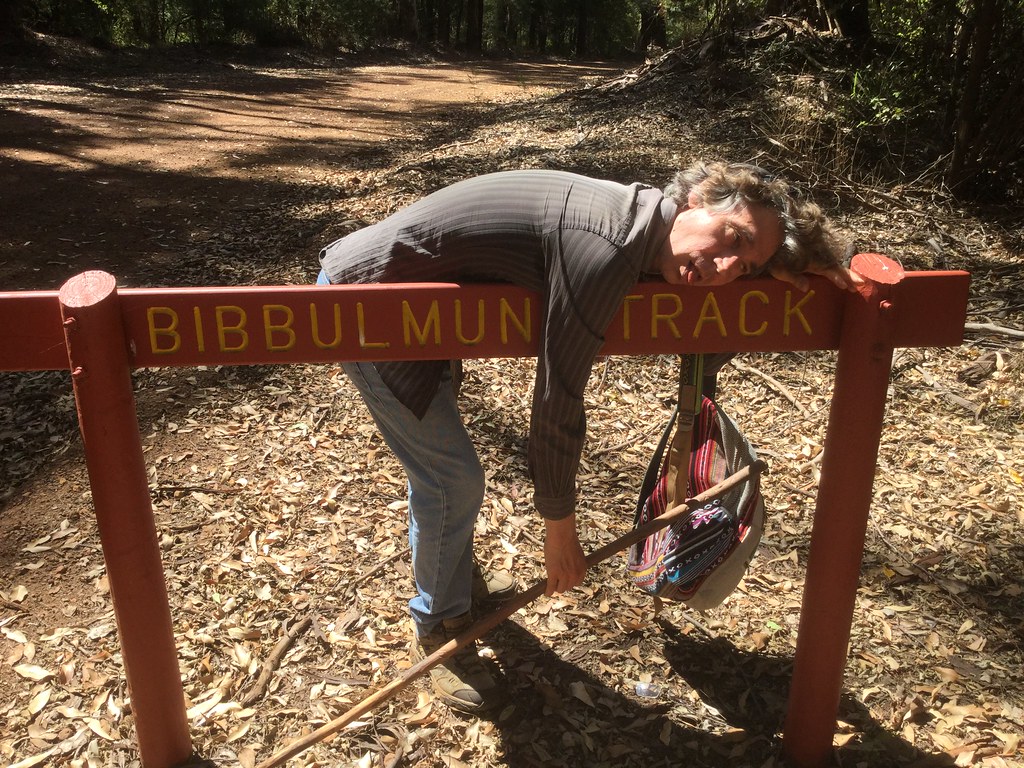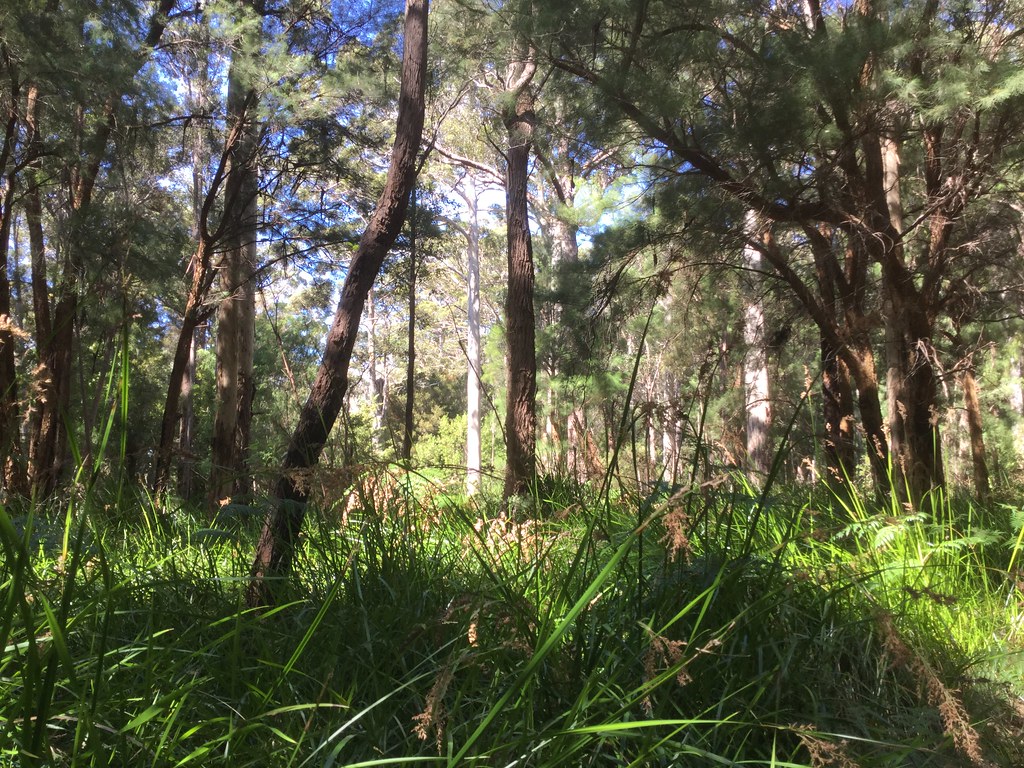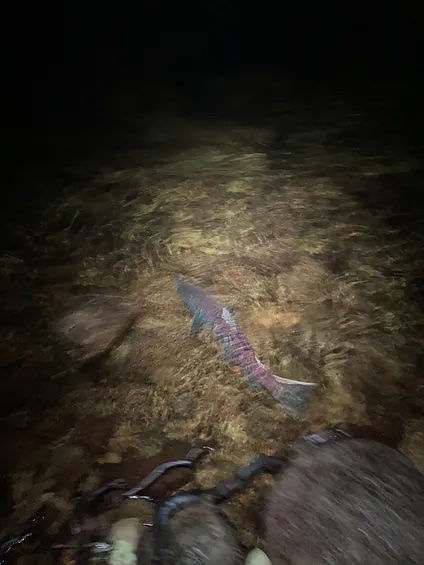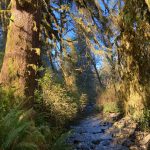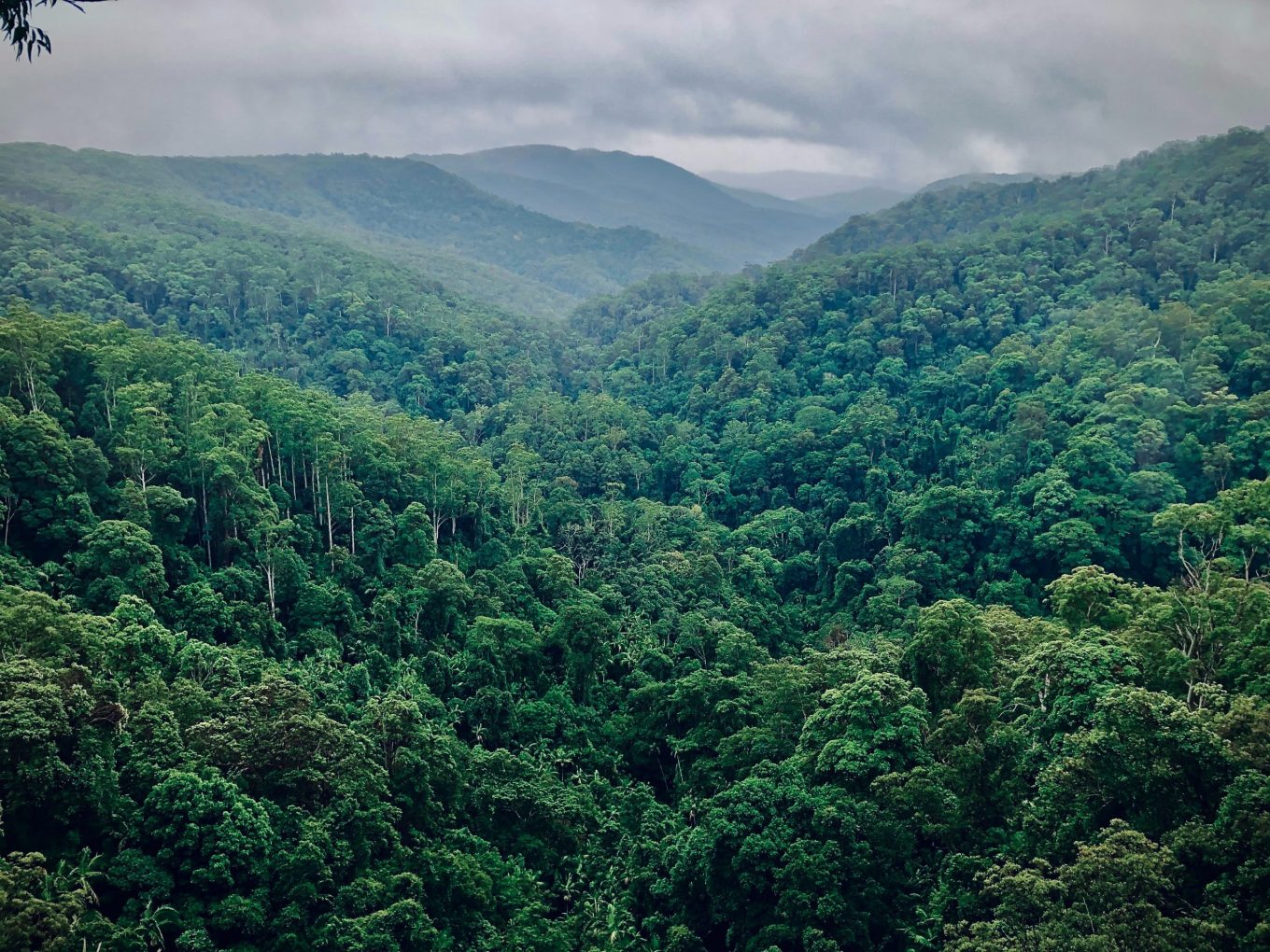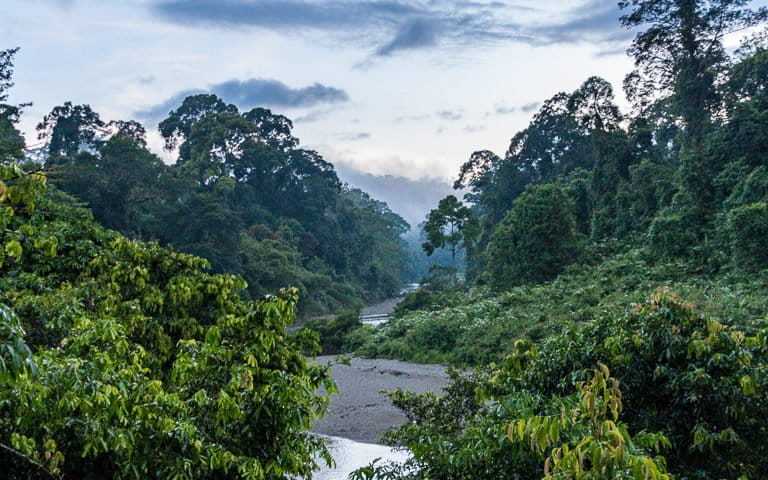
Walking Around Western Australia: A Photo-Essay
Editor’s Note: In the following piece, Sue Coulstock invites you in Nuyts Wilderness Walk. Along the journey, she shares her reflections on Australia’s colonial past, and the many nonhumans who call the wilderness their homes.
By Sue Coulstock
Recently we did an impromptu reconnaissance hike in a pocket of remnant old-growth Karri/Tingle forest, in preparation for doing the Nuyts Wilderness Walk for the first time later this Southern autumn. I’ve blogged our hikes for years to share with overseas friends and thought I’d share this one with fellow DGR people from all over the world. Many of you will be consciously limiting overseas travel, so I wanted to give you a vicarious walking experience in Australia with us.
As we were exhausted from working a bit too hard, we set out without a particular walk target, just to enjoy the forest and possibly have our lunch at the Mt Clare hut.
Here’s a context map of this special part of the world. There are no roads south of the Deep River; it’s walk-only. That situation is a little analogous to the amazing South Cape Bay Walk in Tasmania, where the road ends at Cockle Creek and from there you hike to the ocean – in that case, to the southernmost point of Tasmania.
There are sadly so few areas left in the world like this. We are such a terribly destructive culture. 250 years ago Australia was still unmarred by European civilisation and its large-scale annihilation of native ecosystems and cultures. Many people don’t think it’s even a problem. It’s not helped by the fact that Australia, like the US, has a highly urbanised population. Most Westerners essentially grow up in captivity and have little exposure to or understanding of natural ecosystems. I met kids in socially disadvantaged parts of London who had never seen a tree that hadn’t been planted by humans, and who didn’t even have an interest in such things. I went on a bush camp with privileged high schoolers from Sydney’s Northern Beaches who screamed when they saw insects and who immediately got out their pocket wet wipes when they got a bit of mud on their legs when we went hiking. They were ecstatic to get back to the shopping complexes that were their natural habitat. People can live and die entirely swallowed up in dystopia, so far from their roots as biological beings that they may as well live on a space station.
This is at the start of our walk at John Rate Lookout.
And we shall be your Hobbity guides today, so that if you live far across the seas, you can have a vicarious experience of this ancient ecosystem, which I shall do my level best to make vivid for you through photos and prose, so that hopefully you will be able to feel that part of you went walking with us.♥
There’s a boardwalk at the lookout with steps leading to the Bibbulmun track and a sign suggesting people walk into Walpole. We were heading in the other direction.
John Rate, perhaps unwittingly part of the machine that pulled down the Old Growth Forests, got a mention on this sign but I bet his much-feted understanding couldn’t have held a candle to the ecological understanding of the Noongar people who used to live in this forest. He’s celebrated for “discovering” a species of Tingle tree, as Captain Cook was celebrated for “discovering” Australia. It’s an odd way of looking at Australian history, to imagine people could have lived here for 60,000 years ignorant of this tree or of the continent beneath their feet.
You have to read the tourist information signs in the forest areas with a large grain of salt. It’s better to get into the forest and let it inform you.
Brett and I are so aware that urban and agricultural landscapes are terribly scarred and ecologically degraded, even the ones considered picturesque. It’s funny how the Western euphemism for degradation is “development” – I laughed when I heard a story about an Indigenous man from a rainforest saying, “What do you mean you want to develop this forest? It’s already developed – it took millions of years to get to this point!”
We treasure being able to immerse ourselves in relatively unspoilt areas, and to listen, with our bodies, minds and hearts, to what nature is saying to us. This is like coming home, on a fundamental level. It is like visiting a living cathedral, and learning about the respect and kinship you are supposed to have with the web of life. It is learning your place, which is as one species among many, and not as the alleged cream of creation, nor as the self-proclaimed pinnacle of evolution. It is learning about yourself as a biological being, walking for hours as your ancestors did on the African plains, down from the trees with hairless skin to help with evaporative cooling.
I’d not felt that energetic when I woke up that morning, and we had considered shorter walks even than the open-ended “John Rate Lookout to maybe Mt Clare hut if we can make it that far.” Yet we ended up walking for hours without committing to that in the first place, just because it was so magnificent to be in this forest.
Hollow spaces, nooks and crannies everywhere. The whole place teeming with life, despite the fact that we’ve tried to crush life out of these forests, and have significantly succeeded in doing so. I’d love to travel back in time 250 years and stand in this place, before this country took the dubious honour of having the worst rate of mammal extinctions in the world and people bulldozed entire ecosystems off the face of the earth.
One of the things nature teaches is that we’re all both eating, and becoming food for others in turn. The feathers of this Port Lincoln Ringneck Parrot were left behind after it became a meal for another creature. When its body has been through and partly become that creature, the expelled remains become food for decomposers and nutrition for plant roots. We are stardust and we go around and around to make this glorious diversity of life on earth with each other. Or at least we are supposed to.
Civilised humans on the other hand like to be at the end of every food chain, taking and taking, eating everything and never giving back, not even after death, when our bodies are nowadays typically either burnt to a cinder with the help of fossil fuels, or entombed in a box of furniture-grade wood (from the body of a tree) six feet under and far out of the reach of the soil organic layer where decomposition occurs and feeds a plethora of species including, finally, plants – but oh no, why should we give back? Why should we admit we’re part of all of this when we can pretend to be above it – above the web of life which birthed us? When we can make believe we are some superior being only owed and never owing, not a mere part of the biosphere but its appointed master and annihilator?
A song about world views…
It really is insane, all this crazy desperate need
For unknowable magic, strange supernatural power
You’re flying through space at a million miles an hour
For 4 billion years, the sun keeps coming up
It’s all too wonderful for words but for you it’s not enough
You should step out of the shadows yeah and step into the light
All too wonderful for words, but precious few in Western culture who truly see it and who deeply care for it. The astronomical things sketched in the song, or the beauty and intricacy of the biosphere – which for our society is primarily a resource to be exploited, not Life to be honoured. Your life is cheap, if you’re an ordinary citizen, as many have found out and are continuing to find out when push comes to shove; and it’s even cheaper if you’re some other being, especially if you’re not “cute” (i.e. big-eyed and rounded and resembling the human infant), or if you’re as visually and behaviourally different to Homo allegedly sapiens as a tree or a slime mould. To The Economy, you’re just a commodity, valued according to the money you can make someone else. It’s The Economy, stupid. There is no community – not a human community, not a biotic community – these things don’t matter, when push comes to shove; the best they get from the power structures of our society is lip service, pretence and equivocation.
From the time I was a young child and first disappeared into the wooded foothills of the Italian Alps with only a four-legged canine companion in the late 1970s, I felt embraced by the natural world, safe, welcome; and I felt an ever-increasing awe and love for it as I got to know it better. When I was an adolescent, I began to look through the microscope of biology, ecology, physiology, biochemistry, physics etc at the natural world, like Gulliver’s Travels to Brobdingnag where he was suddenly tiny and could see the world in much more detail than ever before; like a Fantastic Voyage into the bloodstream of the biosphere. My awe and love for the natural world continued to grow.
I still feel this embrace, and my inner response to it, every time I go out to where nature is still writ large and still breathing. From the time I was a child, I’ve touched branches and reeds on the sides of trails with affection, loved the aroma of leaves and flowers and of earth after rain (for which we can thank the actinomycetes), and liked to feel raindrops on my skin. I’ve delighted in the presence of ants, bees, dragonflies, ladybirds, butterflies, scrolly-antennaed moths, chirpy crickets, praying mantises. And that’s just some of the insects…if I were to enumerate other sources of delight in nature, I could fill volumes (and I have).
So let’s turn our attention to some of the special trees on this hike. Close to Walpole there are three species of Eucalyptus referred to as Tingles, which grow into veritable giants, especially in girth. Over the hundreds of years, a lot of them get their bases carved out by fire, which is a normal feature of sclerophyll vegetation such as we steward at Red Moon Sanctuary, and also, at longer intervals, of the eucalyptus forests in the higher-rainfall areas towards Walpole. Indigenous Australians prevented major wildfires with mostly cool-burning cultural burning practices, at the right times to reduce risk and encourage biodiversity, such as the plants and the animals they depended on for food. In a summer-dry ecosystem where microbial decomposition activity is seriously inhibited, the right fire at the right time (generally small-scale, cool, and near the start of reliable rains) can be a helpful tool for turning dry dead plant material into nutrient-rich ash, which gives a boost to soils, promotes new growth in plants and allows for spectacular flowering. It also gives a good start to the seedlings that have the space and light to grow when dry dead material is converted to ash. Good plant growth and flowering in turn benefits grazing and nectar-feeding animals.
Another benefit of fire is that it tends to create shelter and nesting hollows in the older trees and in fallen trunks, which benefit birds, mammals such a possums, insects, etc etc. In the bases of many old Tingle trees, these are more like caves!
The next photo has Brett standing in the base of the tree for scale.
Now I’m zooming in, and you may see him better!
Now we’re looking up at the tree.
There is rather too much of it to get even half of it into frame. Since we actually didn’t know we were going to do a walk we’d not done before when we set out in the morning, we didn’t take the good camera that usually accompanies us for documentation. These snaps were taken on an iPod, which is a bit limited and produces a bit of distortion, most notably in people photos.
Next, Brett spotted a bright orange bracket fungus with an unusual shape.
It’s probably a Curry Punk (Piptoporus australiensis). The guide book says “edibility unknown” and that made me recall an answer I got when I was little and asked which fungi you could eat, and was told, “You can eat all fungi, but some of them only once.”
Since we knew people overseas or in cities would be interested, we took photos of quite a few different hollow Tingle-tree bases. (By the way, not all of them are hollow!)
So here’s another.
I went inside this tree but couldn’t look out of the “window”, it was too far up for me! So Brett photographed through it from the outside. The ground outside the tree is usually significantly higher than inside because the fire carves right down into the buttresses.
This was the view out. You can’t see it properly, but in the first one Brett pretended he’d been speared through the head with his walking stick. So I hereby dub this photograph “The Spearhead From Space“ (after an old Dr Who episode – my husband is a big fan).
This would be quite a nice place to overnight in if you brought a camping mattress and some mosquito veils. The base would easily accommodate a Queen-sized bed, not that you’d bring one of those. It also has great views.
This was the “door”…
This was the roof, considerably above me.
And this is another window.
We continued on our merry way. The temperature in the forest was most pleasant, even though we had been cooking already in the sunlight on the way there. The moment you step into this tall forest, you are mostly walking in shade or dappled sunlight; only occasionally there is a burst of full sun. This is how life makes conditions for nurturing more life; creates a wonderland of species and habitat and microclimates and even influences the weather.
And we Westerners chainsawed, logged and bulldozed most of these forests into oblivion, and much of what is left into a shadow of its former glory. This is one of the little patches in which old-growth trees can still be found. Most of South-Western Australia’s forests and woodlands were converted to farmland, where pastures and monoculture crops swelter under the sun in summer and exposed soils dry out and die. Because we think what we do is so superior to what the Indigenous people who lived here for 60,000 years did. And we won’t last 60,000 years, we’ve already destroyed much of Australia in under 250 – we’re a short-term thrill with chronic delusions, mostly about how clever and superior we are, and how our technology will save us.
This next photo, Brett was very adamant should be called ” The Moss-Tache”…
And then we were crossing Tingledale Drive, and arrived in the Nuyts Wilderness trailhead area, where there were lots of information signs.
We continued up Mt Clare – at this point the Bibbulmun Track and the start of the Nuyts Wilderness Track overlap, as you can see on the context map at the start of this photoessay. The climb up was on a gentle slope.
There were more information signs…
If you look closely behind the third Tingle in the background in the next photo you can just see the roof of the Mt Clare camping hut. You may have to look lower down than you are expecting as these trees are enormous…
Usually we stop and rest at these huts all along the Bibbulmun trail – they appear at approximately day walk intervals. However – and this was a first for us – the Mt Clare hut had been freshly repainted and reeked of industrial solvents, so we tried the open-air outdoors table instead. It too was most malodorous, as perplexing a phenomenon in such a near-pristine ecosystem as when you go mountain climbing with a chain smoker. So we checked our map and decided to have lunch at the gazetted suspension bridge across the Deep River, which sounded very interesting. We haven’t been across a suspension bridge on a hike since our half year in Launceston in 2009, where we were frequent hikers on the Cataract Gorge trails.
On the way there were some major tree hugging opportunities. Here’s a Tingle with a solid base.
An old-growth Tingle is not easy to hug. It’s a bit more like leaning in affectionately, but there’s no way the arms go anywhere near around even a fifth of the 12m circumference. Nevertheless, I think the intention is perceived in some way. These are ancient beings hundreds of years old. No wonder Tolkien wrote about Ents.
I don’t know how anybody can think cutting one of these down is fine and dandy, but in this world, every day, we are losing such trees to insane humans working in an insane economic system. I don’t know how anyone can think they make it right by “replanting” another tree. It would take hundreds of years to get to the same life stage, if it even lived that long – and natural forests plant themselves, thank you very much, and unlike plantations, are a treasure trove of genetic diversity and relationships. Humans only had to start planting trees after their own activities obliterated most of the trees on this Earth. We owe much more than we can ever repay, and it’s farcical to talk about carbon credits and biodiversity offsets. It’s a veneer of greenwash to conceal a core of ongoing and ever accelerating destruction, while people abuse words like “sustainable” and “love” and make “Centres of Excellence” for biological research which is never allowed to say no to profit and “progress”.
Here’s some upwards photos of the same tree! I got much of the trunk in the first one, but needed another to look at its crown in the canopy.
We had a kilometre to go until the Deep River; beautiful forest, and a fairly steep descent. As we approached the river valley, granite started peeping out of the ground.
The photos visually flatten out the actual steepness – in the next photo, we were upslope and across a small tributary valley from the dog who was climbing the slope on the other side!
“C’mon, keep up!” – says the dog, looking back at us. She could smell the water and was keen for the promised swim. When I know we have definite swimming opportunities ahead, I tell her there is a “splish” coming up. Dogs find words easier if you use onomatopoeia. This is also why when we’re talking to her, a car (or car trip) is a “brroom-brroom!” and the mention of this word at home gets excited leaps from her and immediate attempts to herd us out of the front door. I should film it sometime.
Descending towards the Deep River, there were some majestic Karri trees. The binomial name for this one is Eucalyptus diversicolor, and you’ll understand why looking at its bark.
I actually love the fact that on the remote and serious trails, things aren’t constantly manicured and tidied up for the convenience of typical urban walkers. I like having to climb obstacles in places like this and to use my wits and my body to work out puzzles, instead of having a kind of pedestrian freeway presented to me, as is the case for the touristy spots like Bluff Knoll and the Granite Skywalk. I enjoy having to look closely at where I am going, and figuring things out. Not having such opportunities is just another way of dumbing down our world, our inner lives, and our physicality. I come properly alive in wild places. The animal I am recognises what gave birth to me, to us, long ago.
And then we were at the suspension bridge.
We stopped in the middle of this wobbly, free-swinging bridge to drink in the views of the Deep River. I took two photos, to the west and to the east, which you are about to see. But just before I took them, I asked Brett to please stop jumping up and down, because I was taking a picture. And he said, “I’m not jumping up and down!”
“Hahaha…sorry!” Long time no suspension bridge. (But it’s exactly the sort of thing my husband has been known to do…not to deliberately interfere with photography, but just for the joy of it…♥)
And once arrived at the other side, our delighted dog cooled herself down in the Deep River.♥ We’d been giving her intermittent drinks from a bottle we take especially for her – in summer, there’s not much water in this landscape. Jess is nearly 11 now and needs extra TLC, plus a sofa recovery day after a long hike, but so far she is still coping well with extended walking and would be outraged to be left behind when we do something so fun. In her prime she used to run rings around my endurance horse, or our mountain bikes, and cover at least twice the distance we did; plus she swam like a hydrofoil as a young dog. I actually think it’s kinder to an animal to put it down when it gets to the point it can’t do the things it enjoys the most anymore, and not let it linger. We’re not at that point and right now she’s on excellent arthritis treatment that re-lubricates the joints. She also these days really enjoys her sofa recovery days, combined with good grub, which allow her body to rest and repair. In a way, we’re a bit like that ourselves these days.
Fabulous dog.♥
We lunched on the steps of the bridge, in the shade, with a breeze blowing on us and the water flowing by. Brett had made us our favourite hiking salad: Just cut carrots and cheddar cheese into cubes, mix in a roughly 3:1 ratio, dress with lemon juice and cayenne pepper. Even the dog likes it. We also had salt and vinegar peanuts, half a home-grown Cox’s Orange Pippin apple each, and water from the drink bottles, mine with a splash of lemon.
Morning tea en route to Walpole had been ice cream made by the Meadery – double coffee for him; hazelnut on top, chocolate on the bottom for me. Normally we do that after a hike, but today we put it in the tank first. Waiting at home to balance us up in the evening was a big dish of moussaka, with home-grown zucchini, potatoes, tomatoes, herbs; kangaroo mince from Woolies (we’re currently out of home-grown beef mince), cheese sauce on the top potato layer, tons of grated pepper.
Kangaroo is equivalent to venison; the top predators were largely removed on the respective continents and neither the common deer species or the Western Grey Kangaroo are endangered, but the landscape has to be protected from overgrazing (and not just by kangaroos) or we’re going to accelerate bird and small mammal extinctions, not to mention flora, insects etc. We’re happy to co-graze wild kangaroos and emus with the cattle and equines on the pasture/permie previously cleared fraction of our place and don’t deter them; we welcome their presence and, excepting for our vegetable garden, deliberately made the fence passable to them but not to the livestock. (Top and bottom polybraids in the internal fences are hot but the middle is not, so they can slip through without getting zapped. Also, for boundary fences, have you heard of kangaroo gates?)
Occasionally local Noongar people will take a roo for their traditional food from the healthy local populations, including from Red Moon Sanctuary; and we eat the odd one that gets put down due to injuries like broken bones. A local octogenarian bushie friend who died last year brought us the occasional fresh roadkill he found by the highway; Trowunna Wildlife Sanctuary in Tasmania does the same to feed their charges. We don’t have Tasmanian Devils, but we do have a dog and stomachs of our own and these carcasses need taking off the roads. It’s not for everyone, but we’re fine with it if it’s fresh (and Jess prefers it when it’s not, and will track down her own). If you grew up in the city you may be appalled, but we didn’t and we do live close to the cycle of life and its realities. Also I’m a very good cook, and we’re both foodies – so don’t imagine that there are taste or food safety compromises.
Alas, the food that nurtures, repairs and powers us, and the acceptance that we should give ourselves in turn to the nurture, repair and powering of other beings when our lives end, instead of locking ourselves away like misers when we’re dead. Hat firmly off to Indigenous Australian traditional burials, and the sky burials in the Himalayas, and any other culture who recognises that we are part of the circle and need to act and live like it.
And then we were homeward bound again, for variety taking the loop route via Tingledale Drive back to the Bibbulmun (see map at start).
There were more Tingles with hollowed-out bases whose cubbies I tried out.
There was an agricultural clearing in this valley with something that looked like an outdoor education camp.
It was really hot on the road – removing a forest will change the microclimate. Local cattle were looking to rest under shade trees. Many of the big-business paddocks near where we live haven’t got a single tree in them and it should be illegal to keep animals in shadeless pastures – but the big corporations have got into the beef game and are making their own rules, which are all about maximising profit and pushing family farmers out of business. It’s expensive and time-consuming to plant shelter belts as we did, and you won’t break even financially on them through increased livestock productivity – we do it because it’s the right thing for umpteen reasons including livestock welfare, biodiversity conservation, soil conservation, the water cycle, water quality in rivers/estuaries etc, but having worked as an environmental scientist and seen how this goes, I don’t expect environmental and animal welfare issues to be given more than lip service and occasional window dressing projects by our powers that be. Money and greed drive basically everything in our culture, and big business is good at obfuscating and at finding scapegoats for a largely ignorant public to swallow.
Glory be, in this non-corporate little valley someone was deliberately planting Peppermint trees by the roadside for shade. You can see them in this view back towards the south-east. We have planted clumps of them too; a decade later they become enormous and make welcome shelter areas for birds, insects and domestic pasture inhabitants.
Mature shade trees are very popular things…
We rather felt like lying down under one of these trees ourselves, at this point. There is a world of difference between spending a summer midday in a tall forest, or walking on a road through a clearing. And to be honest, our feet were beginning to hurt after several hours of serious hiking that hadn’t strictly been on the agenda when we woke up – and it’s not as much fun to hike on vehicle tracks than twisty-turny walk trails.
Occasionally, remnant roadside trees provided a bit of shade. We were very happy to get to the Bibbulmun track intersection and back into the proper forest, where Brett was keen to pose for a photo.
He is such a drama queen. I’ve got a very similar photo of him at the tail end of our 8-hour loop climbing Cradle Mountain and returning via the Twisted Lakes, from years and years ago…
We were very happy to be out of the sun again.
Fallen forest trees make such great habitat opportunities…and it’s so annoying when ignorant people take their chainsaws and 4WDs into forests to “tidy up” and get a trailer load of firewood, thinking they’ve done some kind of community service when they’ve actually made wildlife homeless. This is where we are at – with a largely ecologically ignorant population of zoo humans thinking like this, about this and hundreds of other situations involving other species. Where do you even begin, and what hope if it conflicts with their existing world views, which are so precious to many and almost written in stone? That’s adult…it was a lot better working with adolescents, who were more open-minded and willing to look critically at the everyday and “normal” than their alleged elders and betters, than it is to try to have discussions like this with adults who have shut shop.
Thankfully I also know adults who haven’t shut shop, and continue to learn and to modify their working hypotheses; and they love the natural world. Those are my tribe, and it’s a small tribe, possibly endangered, but much loved and appreciated!♥
And that’s all the photos! We got back to John Rate Lookout, where we immediately took off our hiking boots to air our hot and tired feet, and drove home barefoot, listening to mostly acoustic music and chatting about this and that while fantasising about large cups of tea and bed rest. What an excellent day – and such an unexpected long adventure on a completely new-to-us trail! I couldn’t sleep for ages that night due to all the metaphorical champagne bubbles fizzing around inside of me. A day like this makes up for so many days of toil and staying home, for living on a smallholding in the middle of nowhere and no longer travelling much in the world. A day of wonder where you see and embrace wild nature, and she sees and embraces you.
♥ ♥ ♥
All the photos in this piece were taken by Sue Coulstock and Brett Coulstock.
Featured image: A numbat by The Last Stand via Flickr(CC BY-NC 2.0)

